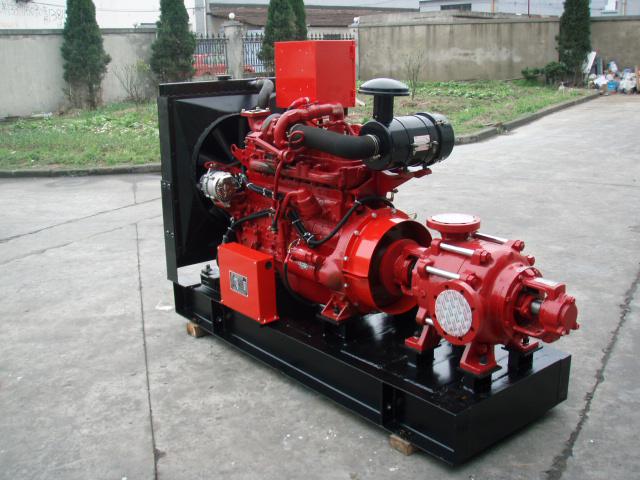
Things To Consider When Buying a Fire Fighting Water Pump For Home Use
I’m sure every Aussie has experienced a bushfire at least once in their lifetime, since our beloved country is an unfortunate fire magnet. This especially happens in the hottest months of the year due to the dry and mostly hot Australian climate, so each summer lots of green areas are impacted by such devastating fires. And although they are obviously unavoidable, there are some things we can do to stop them from spreading, like buying a proper fire fighting equipment for example.
If you live in the driest parts of the country where fires are as common as mosquitoes in summer, it’s highly advisable that you own a fire fighting water pump. What’s more, keep in mind that these water pumps serve for way more purposes than just fighting fire. You can safely use them for washing your car, irrigation and for many other things that need to be sprayed with high-pressure water. So besides knowing how to properly use it, the next most important thing is to know what type of fire fighting water pump you need for your home. These are some of the things you should consider when buying a fire fighting pump.
Maximum Head And Pressure
Maximum head refers to the maximum height the machine can pump. If you have a pump with maximum of, let’s say 60 meters, your flow rate will be about zero at 60 meters of head, which means the flow rate diminishes with the height. So when shopping for a fire fighting water pump, make sure you choose the one that has a max head higher than the height you need to pump.
Flow Rate
One of the most important things that you should consider of course is to know how quickly the pump is going to get the job done. What you should be looking for is liters of water per minute. Some portable water pumps can move about 2500 liters of water per minute (and above) which is more than enough for a home or farm use water pump. Some even say that 100-200 liters per minute is totally okay for a home use.
Inlet Size
The inlet size goes hand in hand with the flow rate. Portable water pumps normally have an inlet size ranging around 12 cm and sometimes even more. However, centrifugal pumps work the same way no matter the size. They are sucking in the water through an inlet valve and are later ejecting it from a discharge valve. The difference in size means that larger pumps will get the job done faster.
Petrol Or Diesel?
This a major dilemma for anyone buying a fire fighting water pump, however the decision depends on how much you’re willing to spend. If you want to save up some money you should go with petrol, but if you don’t mind spending a few more dollars to get maximum protection, go with diesel which is way more efficient and will make your pump perform better in the long run.

